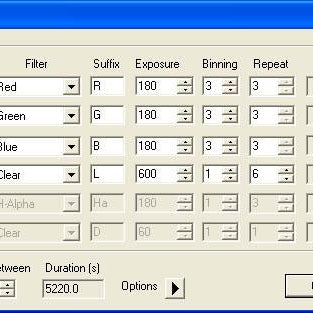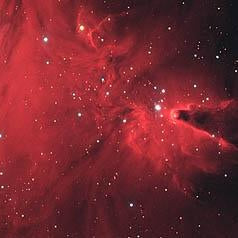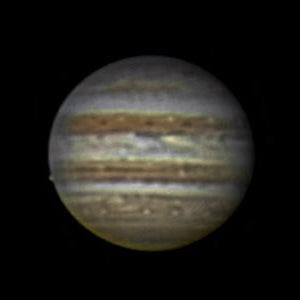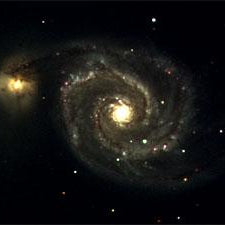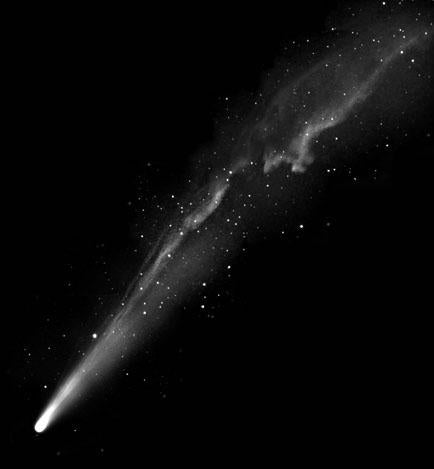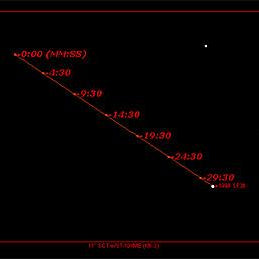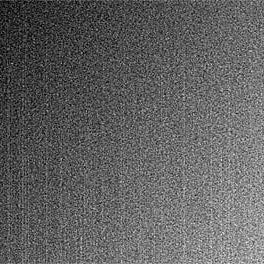
Calibration Images
In the Basics of CCD Imaging section, a simple dark frame was used to calibrate the images. Subtracting dark frames is the most important calibration process, but flat fields can also be critical. Bias frames are only used in certain...


